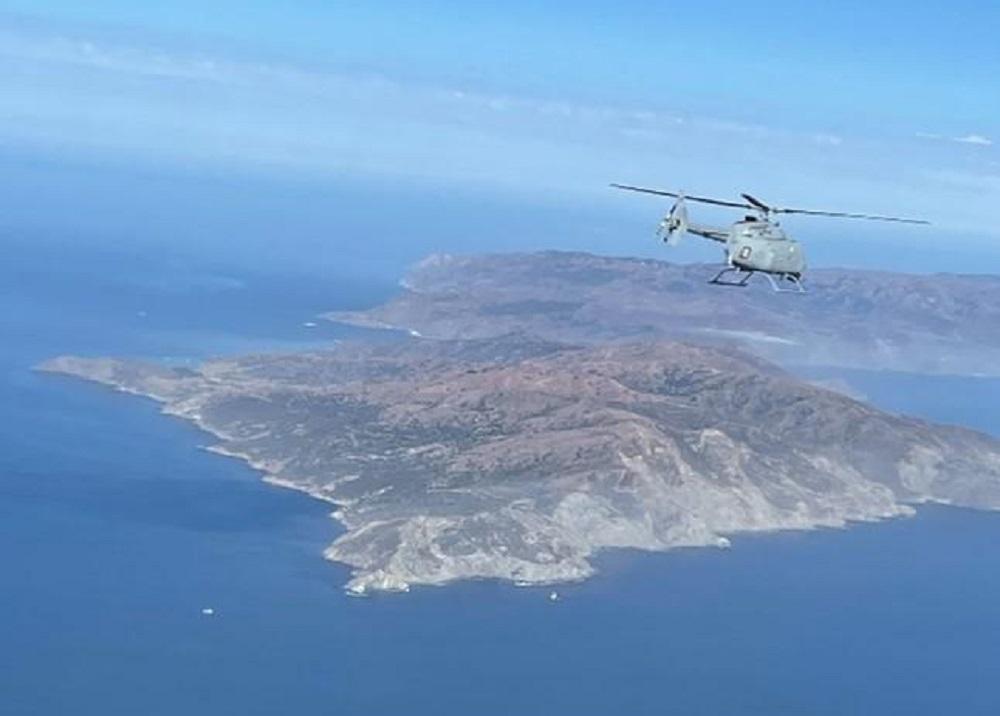Northrop Grumman Corporation’s MQ-8C Fire Scout, the U.S. Navy’s autonomous, runway-independent helicopter system, successfully completed operations under the Expeditionary Advance Base Operations (EABO) concept, providing persistent intelligence, surveillance, reconnaissance and targeting (ISR&T) capabilities. MQ-8C Fire Scout was launched from the Vertical Take-Off and Landing Tactical Unmanned Air Vehicle Maintenance Detachment at Naval Base Ventura County in Point Mugu, California, simulating a ship-based departure. The Navy conducted a control system hand-off of the MQ-8C Fire Scout from Point Mugu to San Clemente Island, California, demonstrating the ship-to-shore transition capability of the platform in a maritime expeditionary environment.
“We are supporting MQ-8C deployments on littoral combat ships while assisting the Navy with Fire Scout mission expansion efforts to include operations from other surface ships and shore-based sites. This EABO demonstration further proves the flexible utility of Fire Scout for expeditionary use from land and across multiple ship classes,” said Lance Eischeid, director, Fire Scout program, Northrop Grumman.
“Fire Scout is the Navy’s only unmanned helicopter with the ability to deploy from a ship or land with ISR&T at the extended range required for future warfighting. The system is vital in expeditionary use for situational awareness and critical decision-making,” said Capt. Dennis Monagle, U.S. Navy.

The Northrop Grumman MQ-8C Fire Scout (known as the Fire-X during development) is an unmanned helicopter developed by Northrop Grumman for use by the United States Navy. The MQ-8C also has autonomous take-off and landing capability. It is designed to provide reconnaissance, situational awareness, aerial fire support and precision targeting support for ground, air and sea forces. The MQ-8C airframe is based on the Bell 407, while the avionics and other systems are developed from those used on the MQ-8B Fire Scout. Northrop Grumman flew the MQ-8C demonstrator installed with their AN/ZPY-1 STARLite Radar, although there was no requirement for an MQ-8C radar at the time;[25] the Navy began seeking information for a radar for the MQ-8C in July 2014 with surface search, synthetic aperture radar, inverse SAR, and weather mode capabilities.
With the Navy’s Portable Mission Control Station (MCS-P), the system was recovered and redeployed rapidly for operational flexibility. The portable MCS-P ground control station helps MQ-8C Fire Scout basing in austere locations on land, helipad operations in an advanced forward location, and logistics support from ship flight decks. With identical ship-based hardware, screen configuration and software, operations remain consistent across all ship classes. Fire Scout continues Northrop Grumman’s 70-year heritage of designing, building, delivering and sustaining the world’s most capable unmanned aircraft system. Northrop Grumman is a technology company, focused on global security and human discovery.
